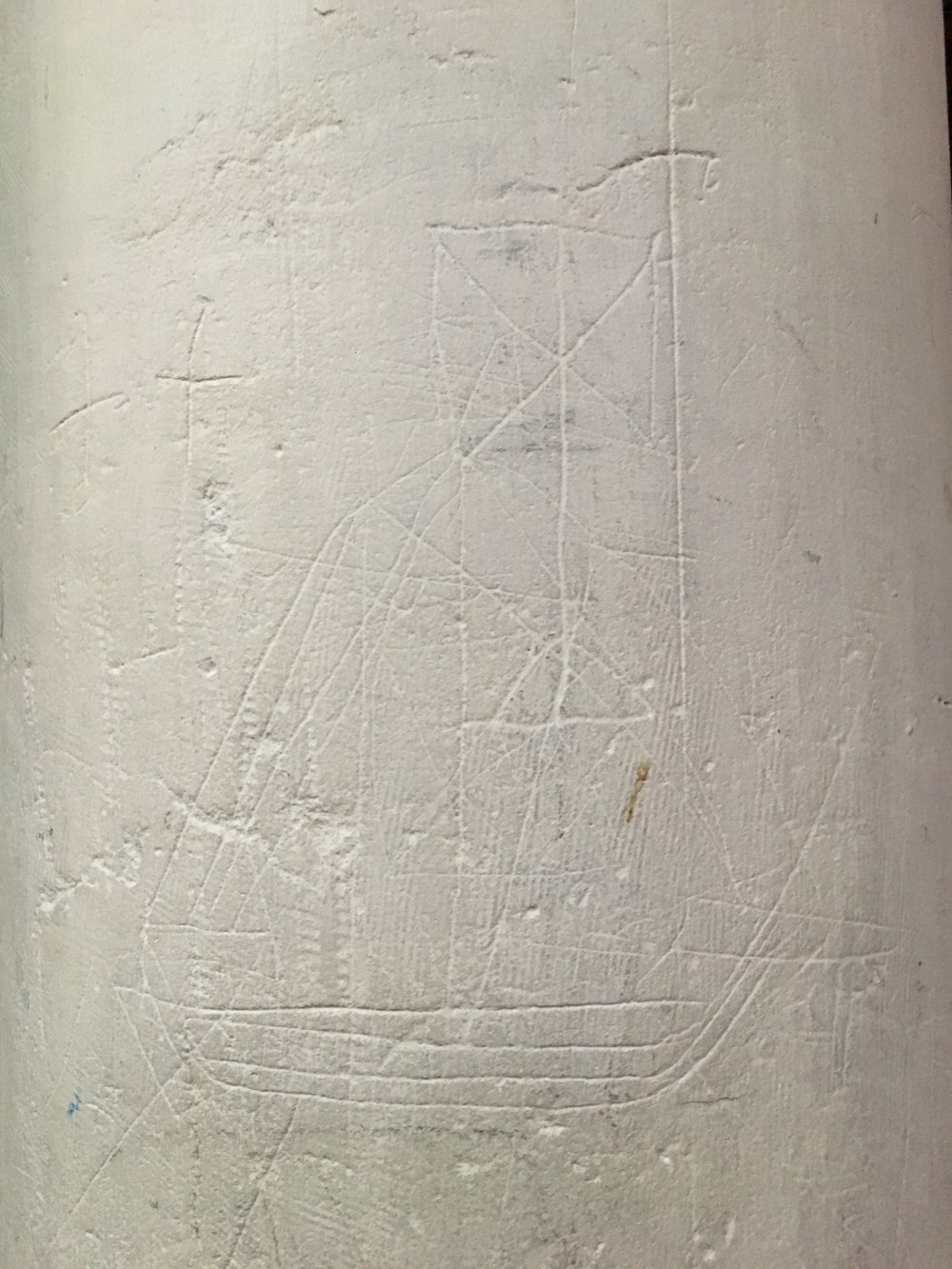
Britain at Low Tide: S2, E1 East Sussex
Some handy links and info if you want to delve a bit deeper into the stories featured in Episode One of Britain at Low Tide, Series Two.
If you missed Episode One, East Sussex, catch up here: http://www.channel4.com/programmes/britain-at-low-tide/on-demand/66195-002
Next week we are in sunny Dorset, where we investigate some sunken tanks that helped change the military strategy for D-Day (no biggy), and an enigmatic and ancient structure submerged in Poole Harbour — 8pm, 24th February, Channel 4.
And don’t forget, if you want to get involved in coastal archaeology CITiZAN have loads of opportunities: https://citizan.org.uk/get-involved/
SMEATON’S HARBOUR
- Engineering Timelines gives a nice, clear summary of the project, it’s historical and geographical setting, and what happened next
- Rye Museum has some good images, and tells the story well. Nice stumps! They also explain why the original harbour at Rye stopped being fit for purpose.
- You can read John Smeaton’s own assessment of the planned harbour here (from page 70)
- And *drum roll* here is the actual 3D model of Smeaton’s harbour in SketchFab that Pete Rauxloh put together from his drone data, which you can play around with to your heart’s content!
THE AMSTERDAM
****QUICKSAND CLAXON!! WARNING: THIS SITE IS DANGEROUS****
- the Shipwreck Museum tells the story of the wreck, and has a fab vintage photo to boot.
- This is a great chapter by Jerzy Gawronski on how the ship The Amsterdam is a microcosm of the city of Amsterdam, and indeed the 18th Century world.
- you can buy Peter Marsden’s book all about The Amsterdam here
- And here are two academic articles about The Amsterdam by Jerzy Gawronski (behind a paywall, I am afraid:
-
Gawronski, J. H. G. (1990), The Amsterdam project. International Journal of Nautical Archaeology, 19: 53–61. doi:10.1111/j.1095-9270.1990.tb00234.x
-
Gawronski, J. (1990). East Indiaman Amsterdam research 1984–1986. Antiquity, 64(243), 363-375. doi:10.1017/S0003598X00078029
-
- Charlotte and I looked at those original archive letters at The Keep, where the East Sussex Records Office keeps it’s archive. Access is available by appointment.
- You can visit the sort-of replica (well, more ‘inspired by’) of The Amsterdam at the Het Scheepvaartmuseum in Amsterdam.
PETT LEVEL
- Here is the CITiZAN report on their work at Pett Level: https://citizan.org.uk/resources/key-zones/south-east/pett-level-east-sussex/
- And here are some really interesting papers on the ancient environment at Pett Level, and the complex task of reconstructing and understanding sea level change:
- Long, A. J. and Waller, M. P. and Stupples, P. (2006) ‘Driving mechanisms of coastal change : peat compaction and the destruction of late Holocene coastal wetlands.’, Marine geology., 225 (1-4). pp. 63-84. [pdf]
- Waller et al. (1998), Flandrian Sedimentation and Palaeoenvironments in Pett Level, the Brede and Lower Rother Valleys and Walland Marsh [pdf]
- And a nice summary of the local geology and landscape of the coastline between Hastings and Pett: Robinson and Wilson, THE HIGH WEALD COAST FROM HASTINGS TO PETT: Classic Landforms of The Weald, Landform Guide No. 4 pp 39 – 43 [pdf]

Medieval ship graffiti in the Church of St Thomas the Martyr, Winchelsea
SHIP GRAFFITI
Gus and I were shown the Ship Graffiti in St Thomas’, Winchelsea by Natalie Cohen of the National Trust/Museum of London. Winchelsea is a remarkable town, and it’s history — and how fundamental ships were to it — is something we that we just didn’t have time to do justice to.
But if you want to know more, I heartily recommend reading Thomas Dhoop’s PhD thesis Shaped by Ships and Storms: A Maritime Archaeology of Medieval Winchelsea [Volume 1 and Volume 2]
BRONZE AGE SHAFT
- Here is Oliver’s write up of the mysterious shaft in the Belle Tout Bronze Age enclosure at Birling Gap, and CITiZAN’s work to record and monitor it: https://citizan.org.uk/blog/2016/Apr/19/lost-and-found-rediscovering-bronze-age-shaft-belle-tout/



